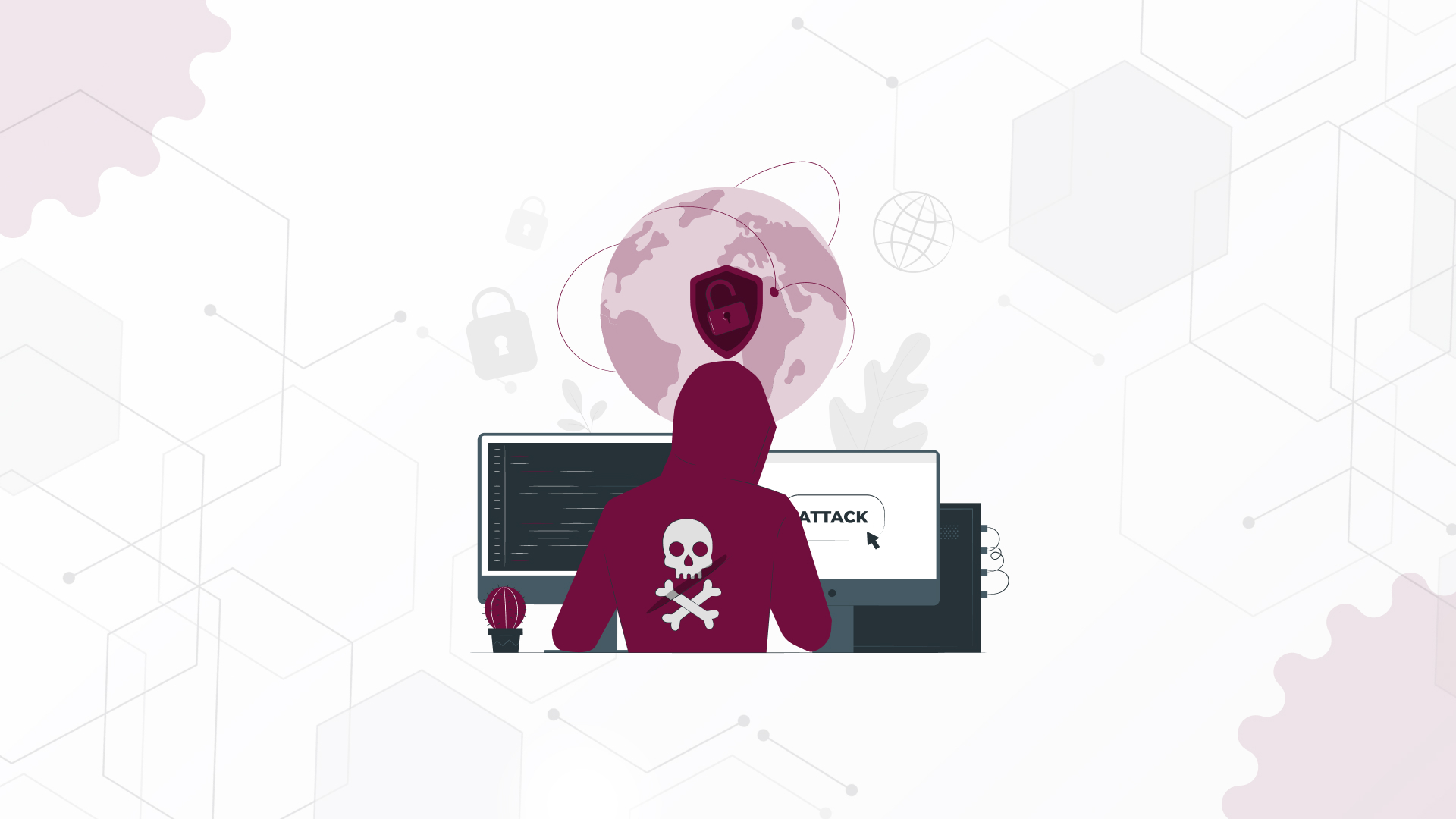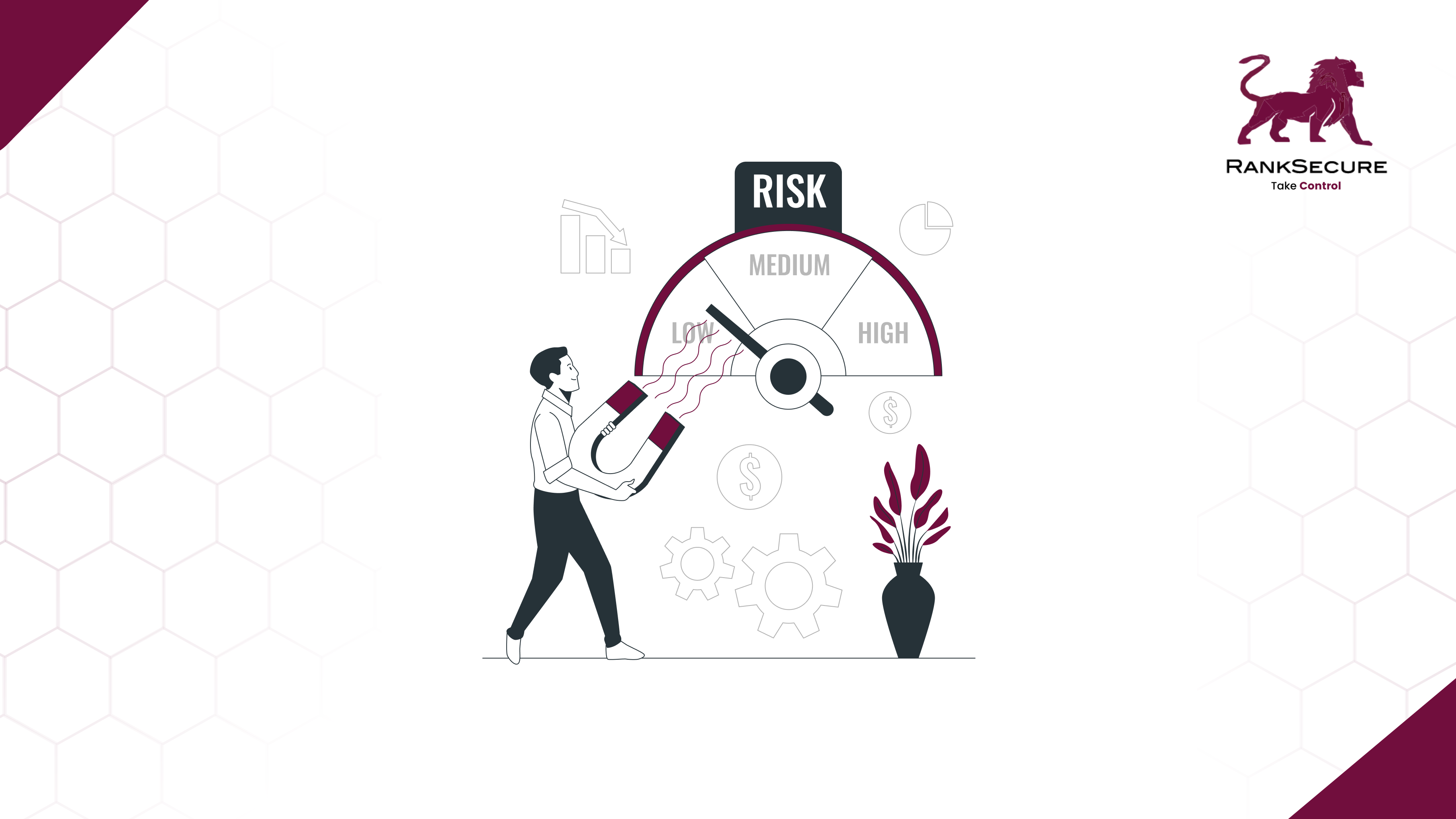
How AI is Redefining the Fight Against Cyber Threats
Introduction
It is no surprise that cybersecurity is an important consideration in all systems set up in an organization. As the technological environment grows, it is becoming harder to maintain the security of all the devices in an infrastructure. It is a belief, and a fact, that mere human intervention is not enough in the case of cybersecurity.
Artificial intelligence, or AI, as we know, is becoming more and more essential in implementing effective cybersecurity practices. Not only does AI in cybersecurity allow systems to function rapidly and more accurately, it also provides an added security factor to them, as it can analyze and eliminate a wide variety of cyber threats.
AI gathers past data and through machine learning techniques, implements changes and improvements, and ‘learns’ from experience. Let’s see how these abilities are useful for cybersecurity.
How is AI contributing towards cybersecurity?
Artificial intelligence has numerous advantages in a wide variety of areas. In cybersecurity, since cyber attacks are rapidly evolving, AI and machine learning techniques can help keep devices safe from malicious threats. AI in cybersecurity can automate threat detection and response, which is a fast process, and is more efficient than manual detection or prevention.
Here are a few ways in which artificial intelligence contributes towards cybersecurity –
Threat detection
With the increase in the number of creative ways in which cyber attackers are releasing malware, it becomes exceedingly difficult for any antivirus or other software to detect those threats. Artificial intelligence can spot cyber attacks and malicious activities far more effectively than any other method.
AI systems are being ‘taught’ how to detect malware, detect slight anomalies and, and run pattern recognition, using complex algorithms, which allows them to gather vital information about potential attacks and threats.
Tackling Bots
Most of the internet traffic is made up of bots these days. These bots can infiltrate your network or system, and extract confidential information, like saved credentials, account data, and more.
Artificial intelligence systems are trained in such a way, that they analyze general customer behavior patterns and analyze what a malicious pattern would look like. They then determine whether or not the behavior of the user on say, a webpage, is unusual or not. If it is, AI blocks the user terming it as a ‘bot’.
End-to-end protection
Since working from home has become a common practice recently, the number of devices accessing company information remotely has increased too. Antivirus software and VPNs can help prevent malware from entering a remote access system, but this method of protection is dependent on factors like upgradation of software or maintenance.
Artificial intelligence plays a very crucial role in providing endpoint security to systems that access a network remotely. AI in cybersecurity systems establish a baseline behavior for the endpoint using a repeated training process. If there is a deviation above or below the baseline behavior, AI flags it as malicious intent, and takes the necessary action.
These features make AI a very important contributing factor in cybersecurity. Artificial Intelligence systems learn from the previous patterns and behaviors and help prevent a cyber attack, and enable you to take necessary action without unnecessary delay.
Risks Posed by AI in Cybersecurity
As is the case with any technological system, artificial intelligence has its own cons.
Firstly, to make your cybersecurity structure AI enabled, you would need to spend a lot more than usual, which can hugely impact your organization’s budget. Apart from that, AI systems cannot work without huge data sets, because they need a lot of information to learn from, or they can return false positives. Acquiring those data sets, that include malicious codes, anomalies, and non-malicious codes, can be a highly time-consuming and costly task that most organizations cannot afford.
The biggest risk that any AI enabled system faces is that cybercriminals use the same AI algorithms to analyze their own malware, and launch more advanced attacks.
According to Accenture, Adversarial AI “causes machine learning models to misinterpret inputs into the system and behave in a way that’s favorable to the attacker.”
This can be seen in case of Face ID access features. Hackers can easily access cameras and create an adversarial image to bypass the face ID. This is a major downside of using AI enabled systems.
Conclusion
Artificial intelligence is contributing greatly to all systems and sectors, and allowing IT security teams to enhance their functions. The contributions of AI in cybersecurity are great, and provide much needed threat detection and prevention techniques. These systems minimize the risks of breaches and can help prioritize risks. Even though there are downsides to using AI in cybersecurity, using these systems would still be highly beneficial in creating safe and secure infrastructures in organizations.
Recent Posts
(DRAFT_Rahul) The Cost of Poor IT Asset Management Lessons from Industry Failures
In the current fast-paced digital environment, information technology asset management (ITAM) is no any longer a “nice to have” but a crucial activity for companies of every size. Effective IT asset management from hardware and software to cloud resources guarantees efficiency, cost saving, and regulatory conformity. Still, many
Comparing Risk vs. Vulnerability Assessments
When it comes to protecting your organisation, the terms risk assessment and vulnerability assessment are often thrown around—but what do they actually mean? More importantly, how do you know if your organisation needs one, both, or neither? In this blog, we’ll break down the nuances, explain when to







